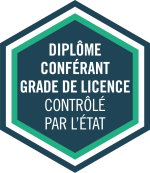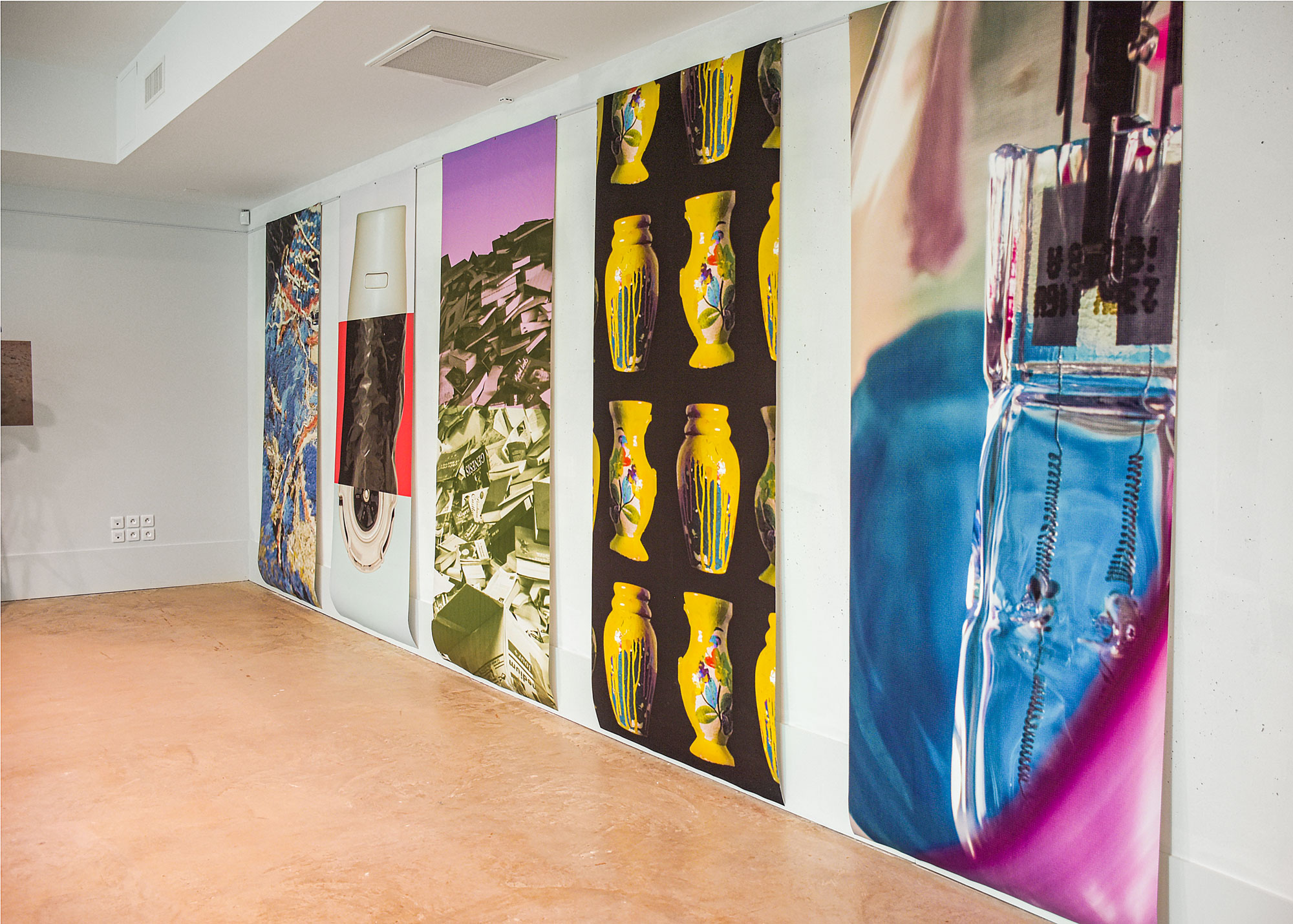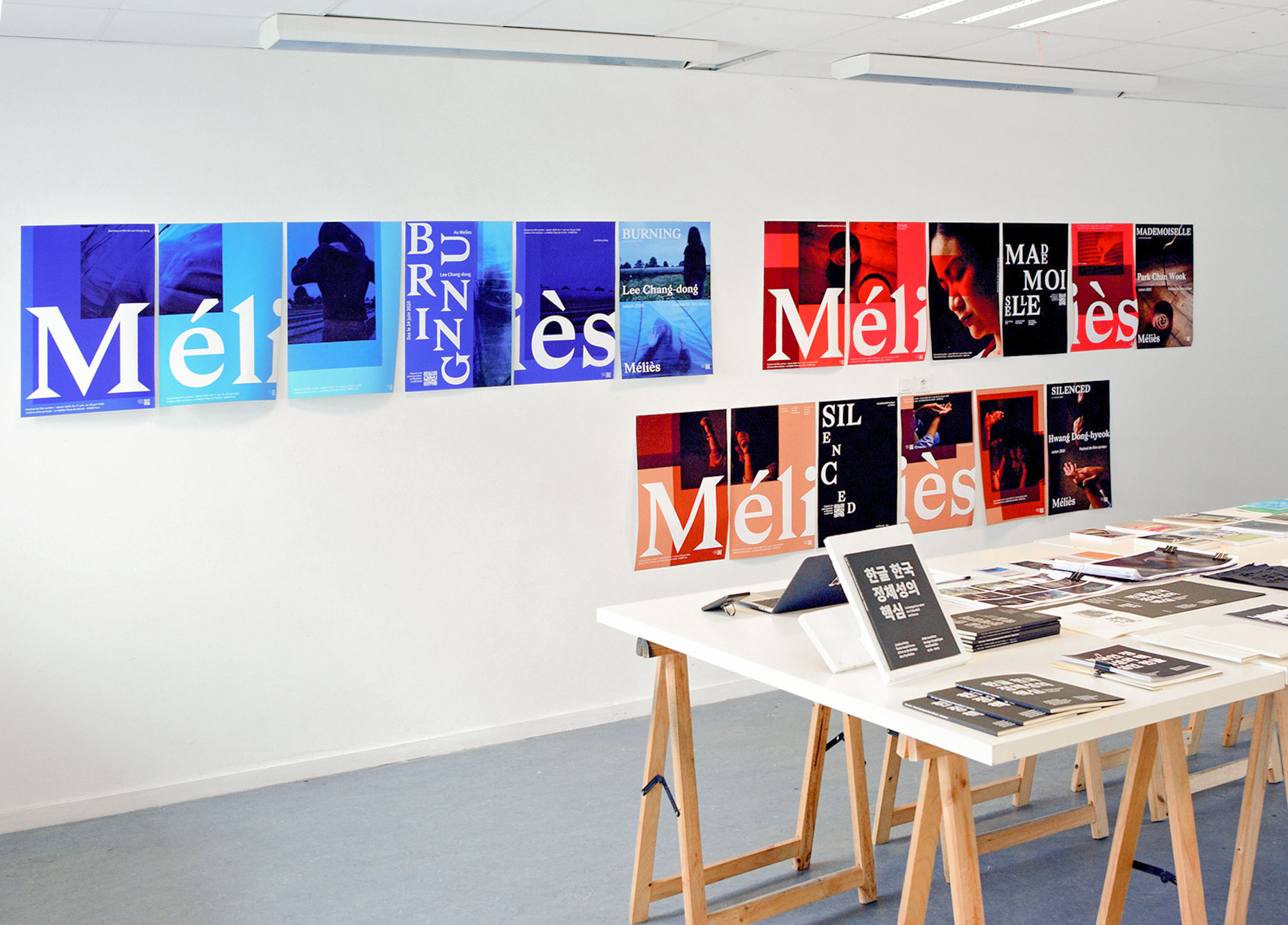Bachelor : DNA Design specializing in multimedia graphic design
The multimedia graphic design curriculum in Pau
The ÉSAD Pyrénées program considers graphic design in its relation to public spaces, interactive devices, uses and, more generally, new media, in full coherence with its commitment to research. It also confirms its commitment to the relationship between graphic design and contemporary art.
The aim is to train students with a mastery of the fundamentals of graphic design, as well as training in digital design, motion design and interaction design, with a focus on the future of design, which is what sets the school apart from other establishments in the region.
Pedagogy
The course transmits method and reflection on how to produce forms and knowledge in graphic design, in fields ranging from paper to screen, via sign space, taking into account the social and urban environment and drawing on the development of new communication media.
Methodologies are based on experimentation, observation and interrelation with the human and social sciences.
The aim is to train students to manipulate concepts, references and notions that feed into their projects, and to articulate a mastery of contemporary graphic design issues and an assertive plastic practice.
By the end of their training, students will be able to produce printed and screen-based projects, master the devices for display and interactivity, produce still and moving images, and develop a critical and well-argued view of their work.
First cycle
The first cycle should enable students to acquire the practical, theoretical and historical fundamentals of all the media offered in the Multimedia Graphic Design option. It should enable students to master the various technical, conceptual and methodological tools, from documentary research to image design and production, and to develop a critical point of view, argued both in writing and orally, that will enable them to make a project of their own in the second cycle.
Project thinking, introduced progressively throughout the curriculum, is based on formal experimentation and the formulation of a working problem, the identification of design constraints, the framework for intervention and its consequences. A global visual approach is favored, with the affirmation of a multiform graphic design practice: paper, screen and public space, integrating and affirming the question of new media (motion design / web design / interaction design) and their future developments.
Students are encouraged to question the very relevance of the project, its function (for whom, why), and the choice and use of different media and means of dissemination. Students need to learn and assimilate these fundamentals in order to teach multimedia graphic design, using a pedagogical logic that does not dissociate technique and theory, an essential methodological point.
During the program phase (1st cycle), a multimedia graphic design student must :
- demonstrate intellectual, practical and theoretical skills in all media: graphic design, motion design, interaction design, web design, character design, drawing, photography and video;
- have carried out varied and generous formal research and experimentation;
- be capable of taking a critical and theoretical look at his productions;
- and finally, to have determined a personal territory whose development can be envisaged in the project phase.
The first cycle is validated by a DNA diploma awarded by a jury from outside the school. This is required to enter the project phase (2nd cycle).
Year 1
The first year is an introductory and orientation year. It comprises a common core of 40 to 50 students, who decide at the end of semester 2 whether to opt for a second year in the multimedia graphic design, art or disruptive ceramics field.
Courses
A year-long introduction to plastic practices and the fundamentals of art history and theory, first-year courses are divided by discipline and medium. Based on a cross-disciplinary approach to art and graphic design, classes are held on a weekly or fortnightly basis, enabling teachers to work together (this is particularly the case for sculpture and painting).
The teaching of drawing, image, graphic practices and video also play a major role in the first year’s curriculum. Courses in aesthetics and the philosophy of art, as well as a course in art history from the Middle Ages to the present day, give the DNA de Pau program a solid theoretical foundation, reinforced by a historical approach to graphic design.
Semester 1
Semester 1 is dedicated to the discovery of contemporary art. To encourage a multi-disciplinary approach to art, we have set up a number of partnerships with local and regional cultural organizations, whose programs are open to our students.
Dedicated to the transmission of techniques and fundamental approaches to plastic practices, Semester 1 engages students in collective and individual creative processes, linked to thematic or non-thematic subjects.
Semester 2
Semester 2 is dedicated to the organization of 2 to 5-day events, generally led by teachers from both sites and sometimes in association with outside contributors (designers, artists, partners, etc.). Cross-disciplinary events at the Pau and Tarbes sites introduce first-year students to graphic design and ceramics. They also enable students to go beyond the walls of the school and experience different contexts.
These highlights also provide an opportunity to introduce digital approaches to art and design.
Throughout the year, students are required to follow the school’s lecture program, and are also regularly invited to take an interest in the programming of the school’s cultural partners (graphic design, cinema, contemporary art, contemporary dance, etc.).
Years 2 and 3
Semesters 3 and 4 are dedicated to discovering the specific processes and tools of multimedia graphic design, as well as the cultural foundations and technical fundamentals of print, public space, motion and screen design. Practical workshops, focused on the discovery of a specific medium - in keeping with the general issues of graphic design, as well as image and drawing - are also an opportunity to discover project logics, and to encounter cultural, historical and theoretical references.
Semesters 5 and 6 progressively offer students the opportunity to color their course according to their affinities with specific practices. In semester 5, the core curriculum is combined with three optional courses (image, video, media and tangible interactions). In semester 6, this logic is amplified, giving students greater autonomy in the second cycle.
Each student is required to choose two courses from the range of practical workshops, one in the field of design and one in the field of visual arts. These options offer students the opportunity to specialize in a discipline in preparation for the second cycle, and/or to focus more precisely on the fields they are exploring in their diploma project, while freeing up time for personal research and experimentation.
Relationships with the teachers in charge of the options are not exclusive, however, and students are encouraged to seek out other teachers in order to continue to develop a cross-disciplinary, multi-disciplinary approach.
The class coordinator accompanies students to graduation, ensuring regular follow-up of all students in consultation with the teaching team. At the students’ request, the practical approach teachers also work with the teacher in charge of monitoring the written document.
The weekly teaching schedule respects the principle of progressiveness (from thematic questioning to individual issues, and demands for complex approaches and sensitivities), and articulates content between specific cultural contributions, individual follow-up and work proposals.
Acquiring specific technological skills
Knowledge and mastery of technological tools are essentially acquired during the first cycle.
These specific contributions are spread throughout the course through lectures or individual project follow-up, in relation to project thinking, and continue with the assistants who work in close collaboration with the teachers.
Students must master software for page layout, image processing, video editing, programming for the web and interaction design, character design and motion design.
Although the fundamentals are acquired in the first cycle, it is possible that certain specific contributions, particularly those linked to the evolution of new media technologies, will require further study in the second cycle.
Internship
The minimum duration of undergraduate internships is 5 days. As far as possible, they should be carried out during school vacation periods (maximum duration of an internship during the course period: 5 days).
The internship, its duration, location and period are subject to approval by the year’s coordinator, and validated by the Director of Studies or his/her representative.
The internship is the subject of an agreement between the host organization, the student intern and ÉSAD Pyrénées.
Two copies of the internship report must be submitted to the secretariat no later than one month after the end of the internship (and in any case 2 weeks before the assessment of the semester in which the internship took place).


